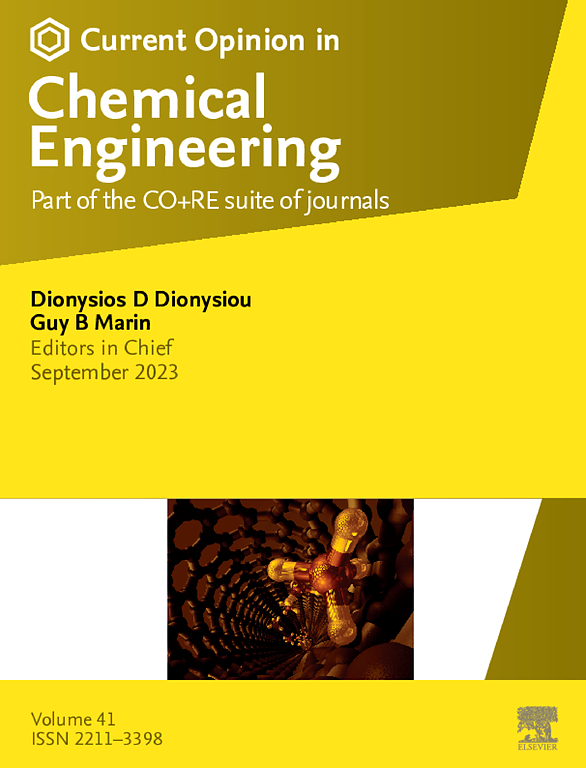海水淡化系统需要精确的模型
IF 6.8
2区 工程技术
Q1 BIOTECHNOLOGY & APPLIED MICROBIOLOGY
引用次数: 0
摘要
建模是连接海水淡化过程系统的设计、控制和优化的纽带,同时也提供了对过程级和属性级现象之间相互作用的见解。由于复杂的热物理性质和多电解质溶液的非理想性,特别是在高浓度下,对海水淡化过程的建模提出了挑战。在这篇小型综述中,我们研究了几种广泛使用的过程建模工具的现状,它们的特点,以及对最先进的海水淡化过程系统建模的适应性。我们还讨论了电解质溶液的热力学模型及其准确预测多电解质水溶液热力学性质的能力。我们得出的结论是,改进和调整基本热力学模型,以解决高浓度制度的复杂性,对于设计先进的海水淡化系统和实现能源和经济效率的提高至关重要。本文章由计算机程序翻译,如有差异,请以英文原文为准。
Accurate model needs for desalination systems
Modeling serves as the nexus connecting design, control, and optimization in desalination process systems while also providing insights into the interplay between process-level and property-level phenomena. Modeling desalination processes presents challenges due to the complex thermophysical properties and nonideality of multielectrolyte solutions, especially at high concentrations. In this mini-review, we examine the current state of several widely used process modeling tools, their features, and the adaptability to modeling state-of-the-art desalination process systems. We also discuss thermodynamic models of electrolyte solutions and their ability to accurately predict the thermodynamic properties of aqueous multielectrolyte solutions. We conclude that refining and tailoring fundamental thermodynamic models to address the complexities of high-concentration regimes is essential for the design of advanced desalination systems and achieving improvements in energetic and economic efficiencies.
求助全文
通过发布文献求助,成功后即可免费获取论文全文。
去求助
来源期刊

Current Opinion in Chemical Engineering
BIOTECHNOLOGY & APPLIED MICROBIOLOGYENGINE-ENGINEERING, CHEMICAL
CiteScore
12.80
自引率
3.00%
发文量
114
期刊介绍:
Current Opinion in Chemical Engineering is devoted to bringing forth short and focused review articles written by experts on current advances in different areas of chemical engineering. Only invited review articles will be published.
The goals of each review article in Current Opinion in Chemical Engineering are:
1. To acquaint the reader/researcher with the most important recent papers in the given topic.
2. To provide the reader with the views/opinions of the expert in each topic.
The reviews are short (about 2500 words or 5-10 printed pages with figures) and serve as an invaluable source of information for researchers, teachers, professionals and students. The reviews also aim to stimulate exchange of ideas among experts.
Themed sections:
Each review will focus on particular aspects of one of the following themed sections of chemical engineering:
1. Nanotechnology
2. Energy and environmental engineering
3. Biotechnology and bioprocess engineering
4. Biological engineering (covering tissue engineering, regenerative medicine, drug delivery)
5. Separation engineering (covering membrane technologies, adsorbents, desalination, distillation etc.)
6. Materials engineering (covering biomaterials, inorganic especially ceramic materials, nanostructured materials).
7. Process systems engineering
8. Reaction engineering and catalysis.
 求助内容:
求助内容: 应助结果提醒方式:
应助结果提醒方式:


